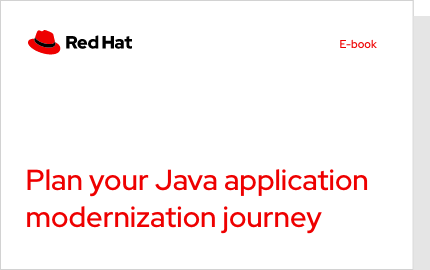Overview
Java™ frameworks are bodies of prewritten code used by developers to create apps using the Java programming language.
Java frameworks are specific to the Java programming language. It’s a Java platform for developing software applications and Java programs.
Java frameworks are bodies of reusable pre-written code acting as templates that developers can use to create applications by filling in custom code as needed.
Frameworks are created to be used over and over so that developers can program applications without the manual overhead of creating everything from scratch.
Java frameworks may include predefined classes (such as categories of objects) and functions that can be used to process, input, and manage hardware devices, as well as interact with system software. This depends on the type of framework, the Java developer’s skill level, what they’re trying to accomplish, and their own preferences.
What is Java?
Java is an object-oriented programming (OOP) language that’s been used since 1995. Developers use Java to program applications to work within the boundaries of the domain they’re in.
Java shouldn’t be confused with JavaScript, which is a different programming language developed by another company around the same time. Java development creates apps that can run in browsers or on servers’ bare metal machines, virtual machines, or containers. JavaScript only runs in browsers.
Library vs. framework vs. application programming interface
A library is a certain function of an application; a framework is the app’s skeleton; and the API brings them both together for the user. A framework may include a library, compiler, and other programs used in the development process. With a good framework, a developer doesn’t have to bother with recurrent pieces of code used across a domain or application.
Library
A library is a collection of frequently-used precompiled routines or resources (classes, templates, configuration data, etc.) available for a computer program to use. Instead of writing the code for this function each time a task needs to run, routines are used whenever the task needs to be performed. If a resource is needed, the program calls the library for it.
Framework
A framework could be a collection of libraries. The main difference between the 2 is inversion of control—frameworks has the control to call an action. The framework already has the template or frame of what is needed, which means it can call for the resources it needs based on what’s already there (the holes in the code that need to be filled).
Application programming interface
A framework is similar to an application programming interface (API). Frameworks technically includes APIs. Frameworks are foundations for programming, while APIs give access to the elements that the framework supports.
There's more to learn about Java and cloud native.
Popular Java frameworks
There are several Java frameworks. A developer’s skill set and app or website requirements determine which frameworks should be used. SomePopular open source frameworks include:
- Quarkus, a full-stack Java framework that works well with cloud-native, microservice-based infrastructures
- Grails, written in the Groovy programming language to provide web application frameworks with views for HTML and CSS plugins
- Hibernate, an object-relational mapping (ORM) framework used for relational database management that can execute SQL queries with the help of APIs provided by Java Database Connectivity (JDBC)
- Google Web Toolkit (GWT) that connects front-end/client-side and back-end software development teams
Other popular Java frameworks include:
- Vaadin, with frameworks focused on user interfaces
- Play, which streamlines web app development and works well with the Scala programming language
- Apache Struts, which is focused on enterprise applications and works well with asynchronous JavaScript and XML (AJAX) techniques—a helpful way to update web page sections without refreshing everything
- Oracle’s JavaServer Faces (JSF) that provides backend developers with frontend frameworks
Quarkus: A full-stack Java framework
Quarkus is a Kubernetes-native Java stack made for Java virtual machines (JVMs) and native compilation. It optimizes Java specifically for Kubernetes so it becomes an effective platform for serverless, cloud, and Kubernetes environments.
Quarkus’ dependency injection solution is based on contexts and dependency injection (CDI) and includes an extension framework to expand functionality and to configure, boot, and integrate a framework into your application. Adding an extension is as easy as adding a dependency, or you can use Quarkus tooling.


